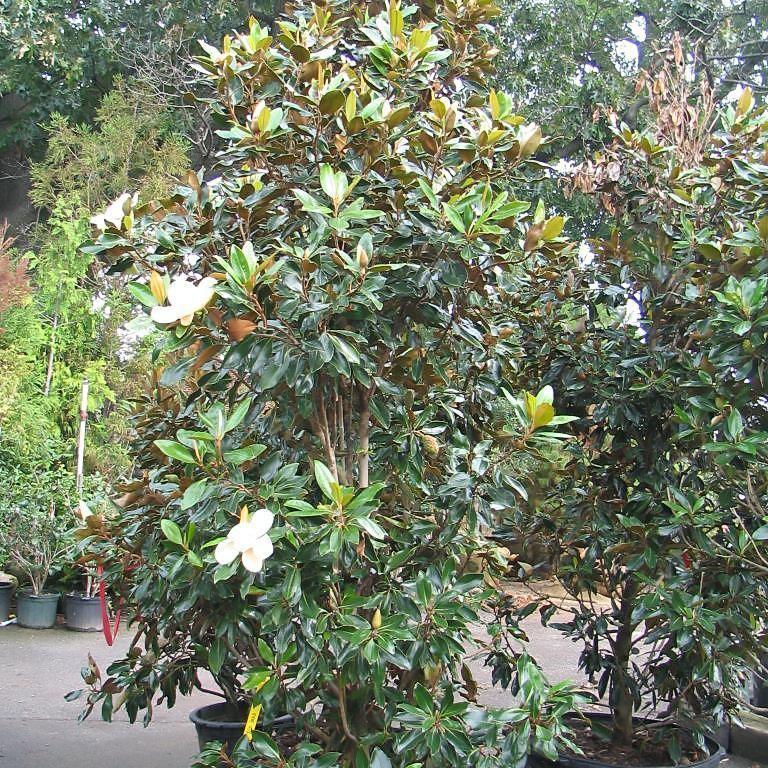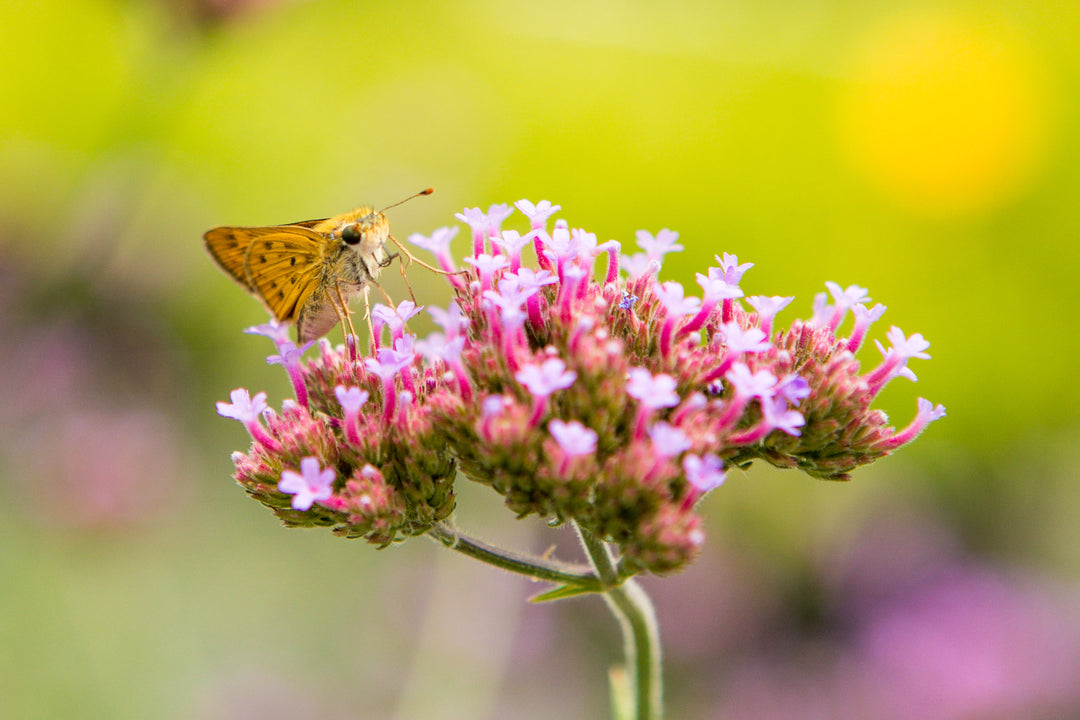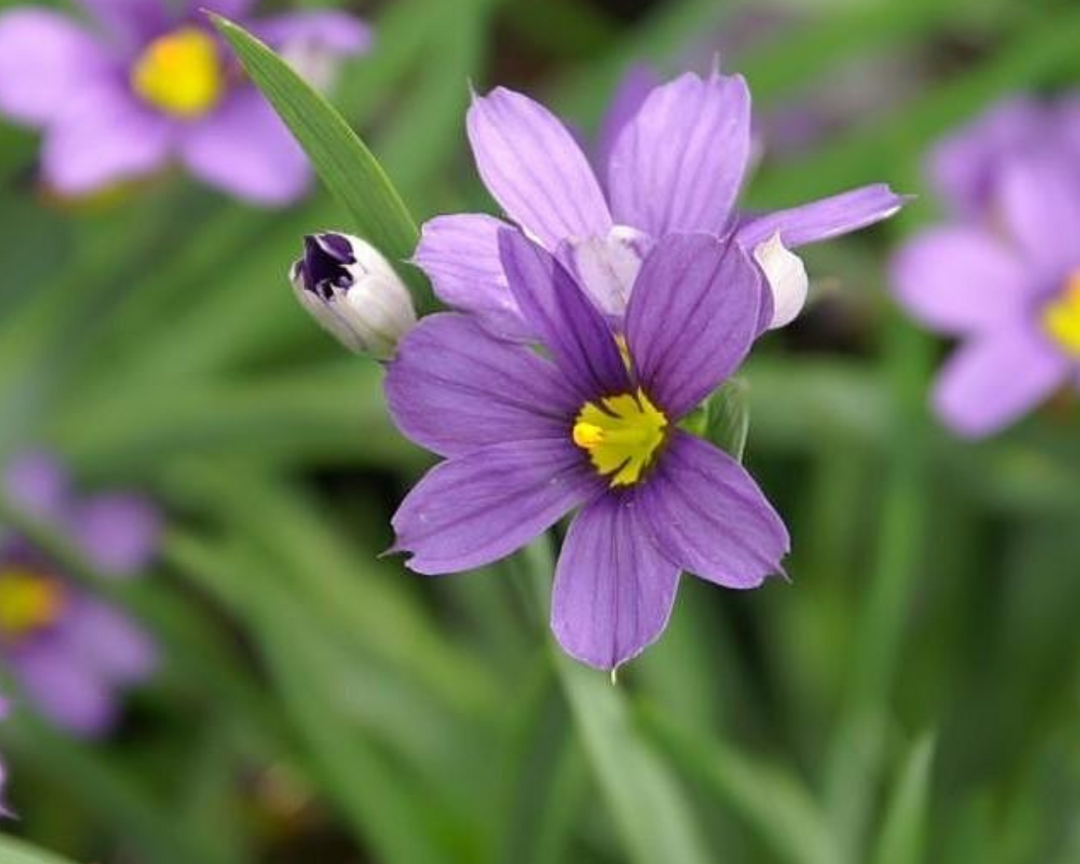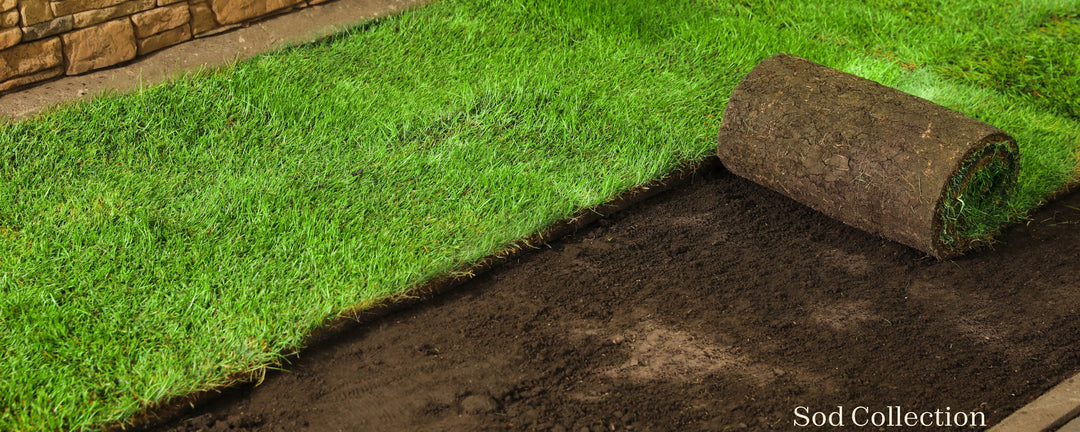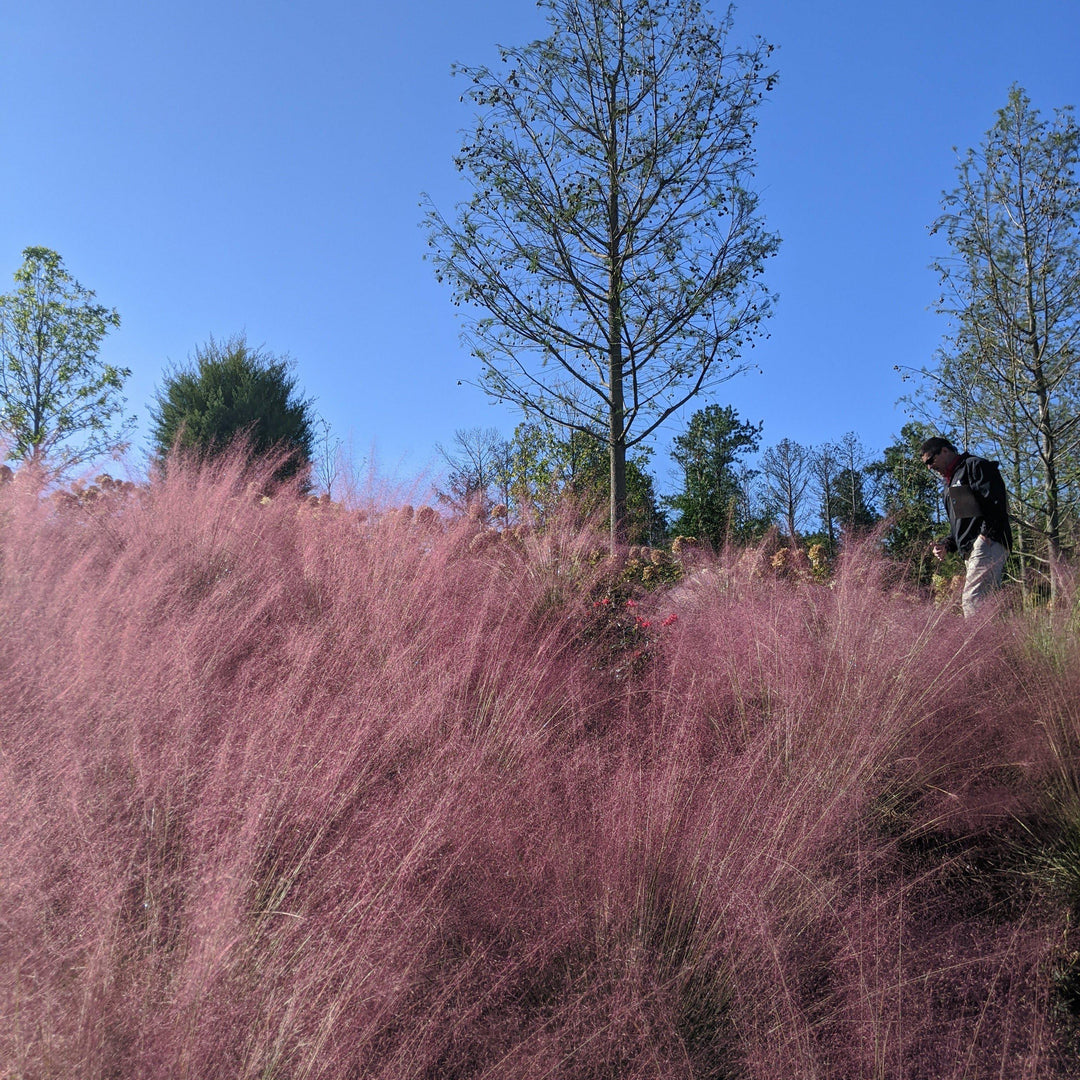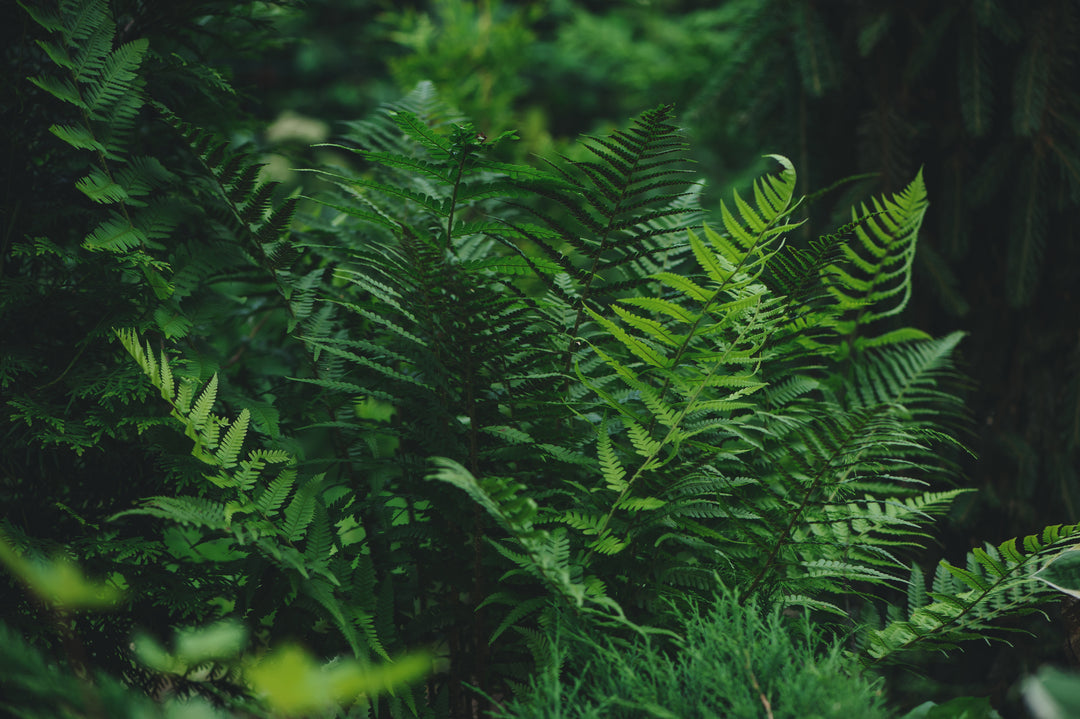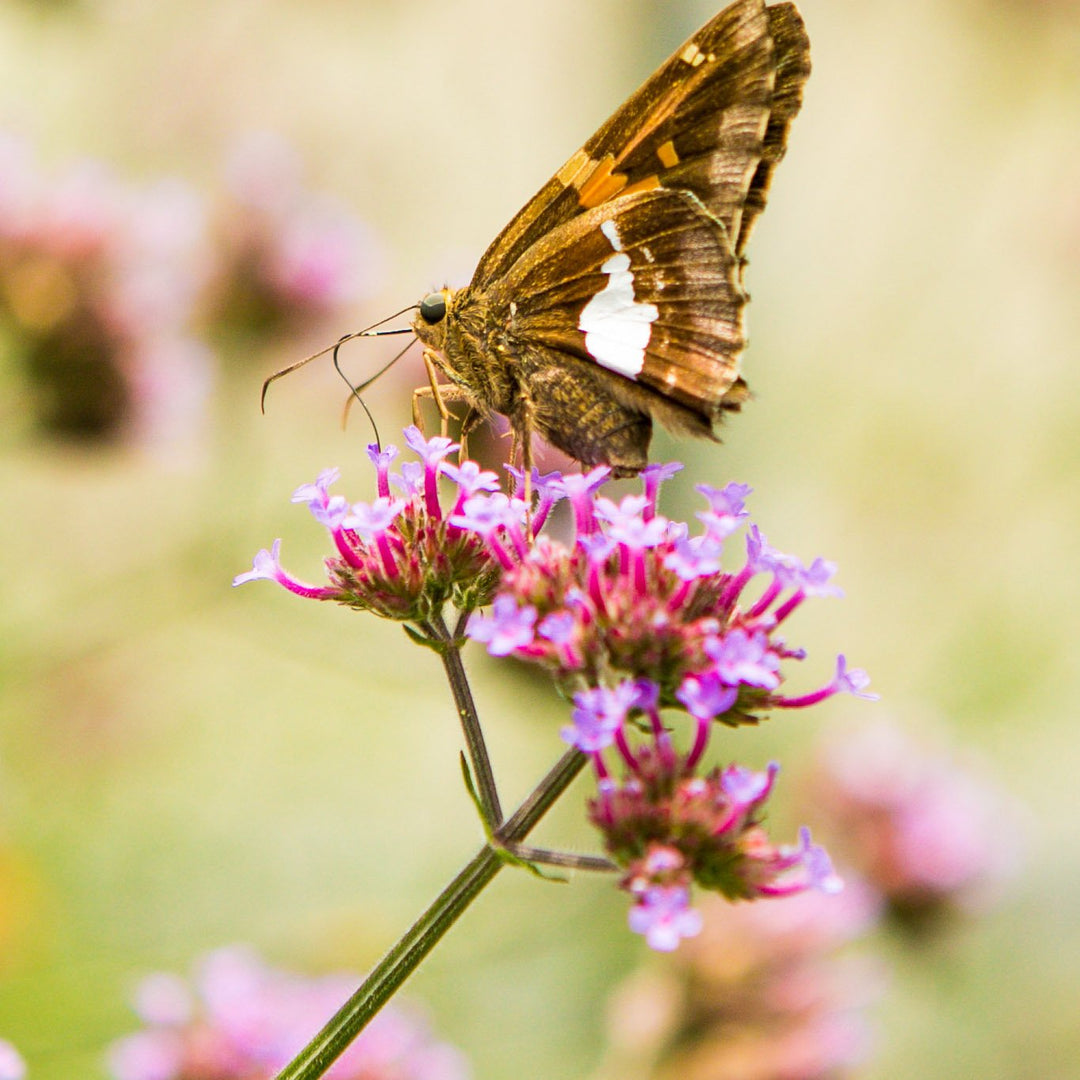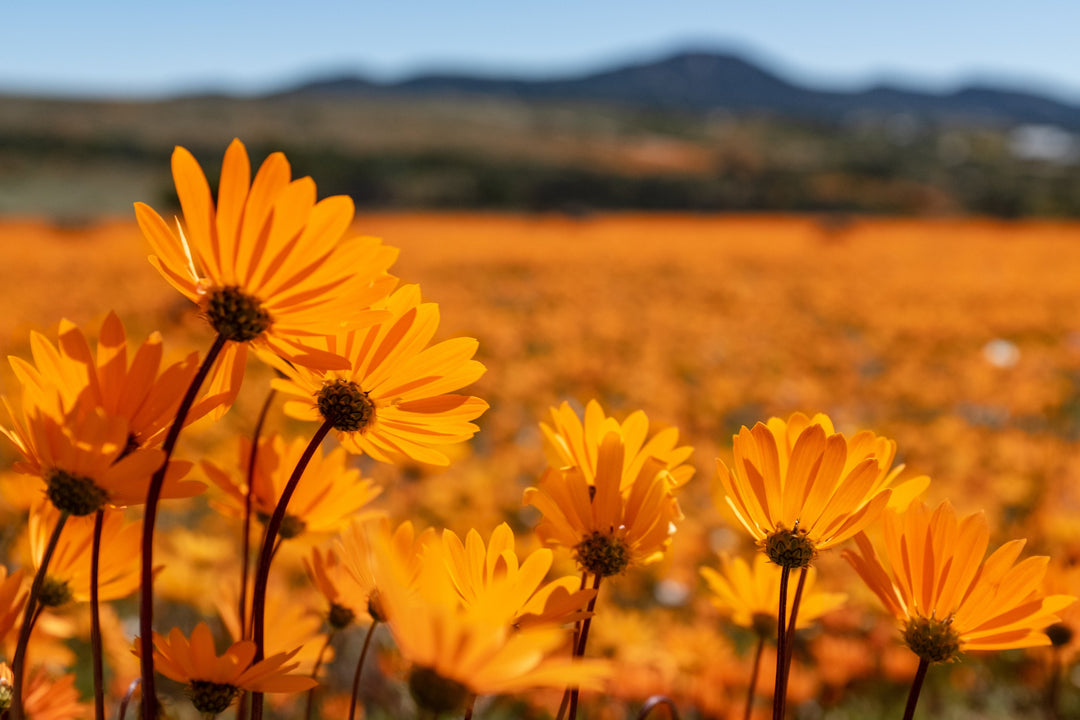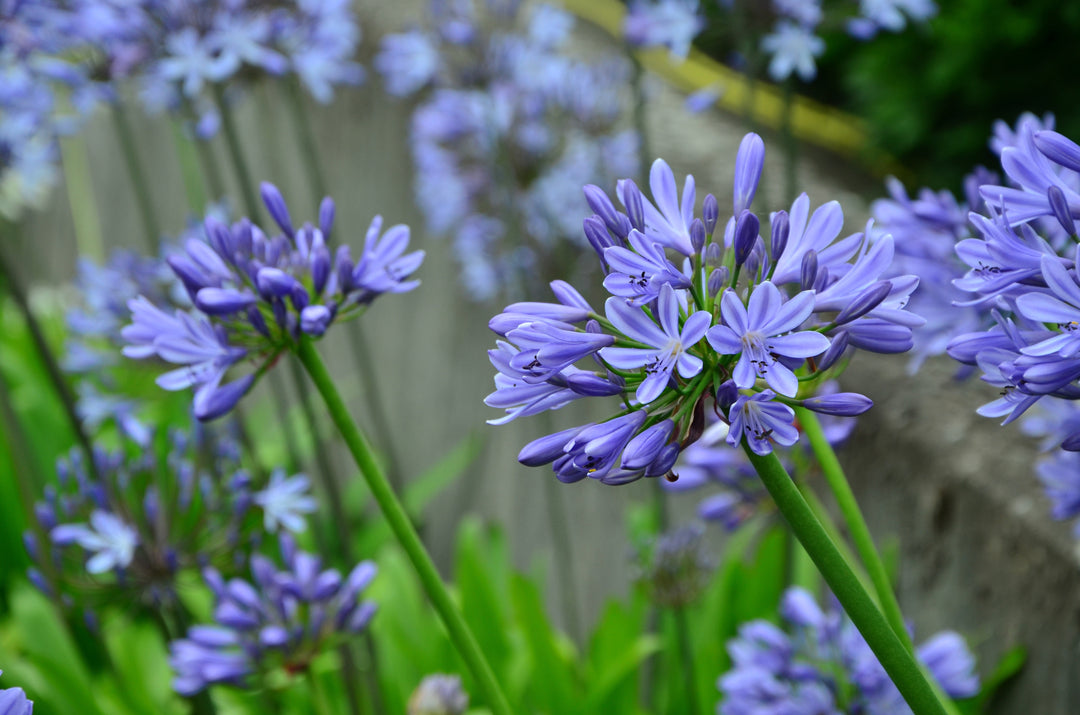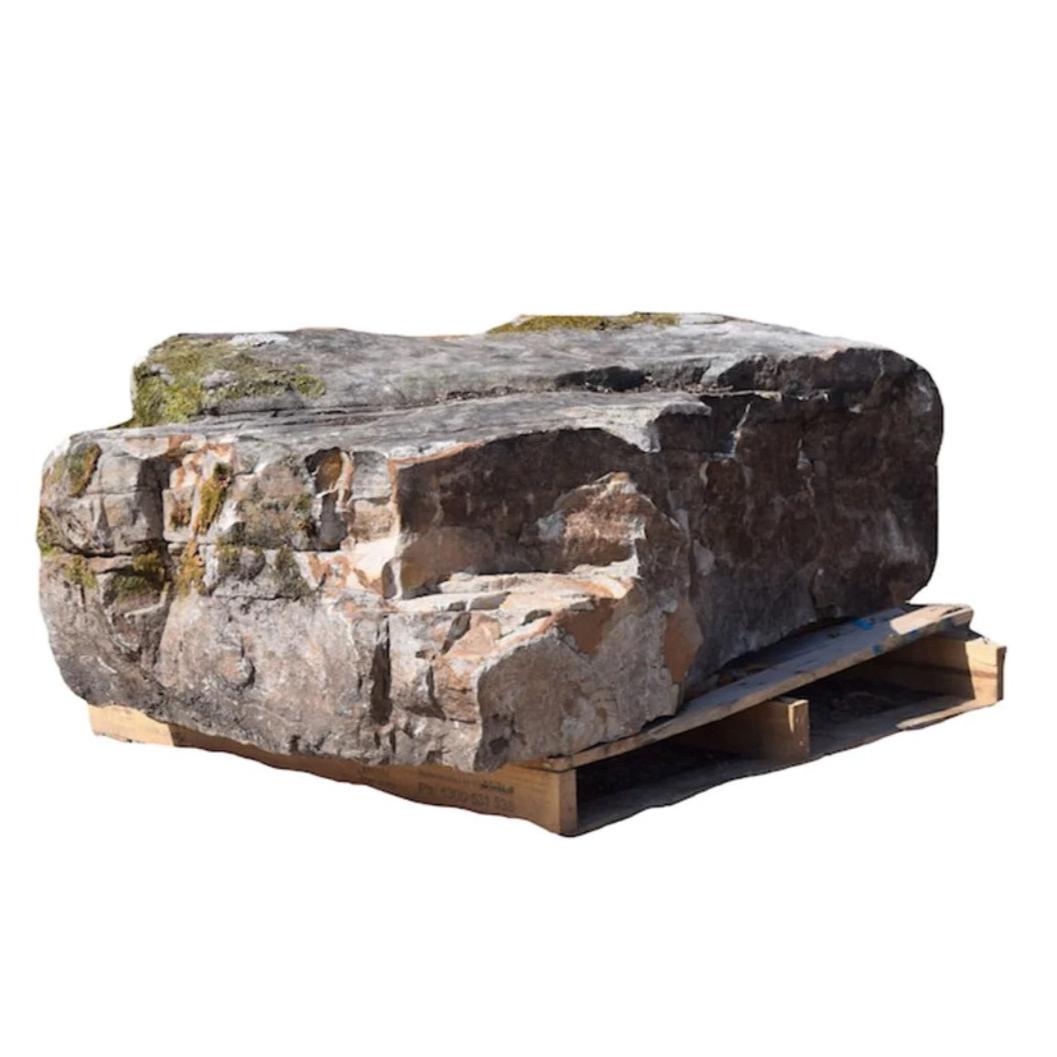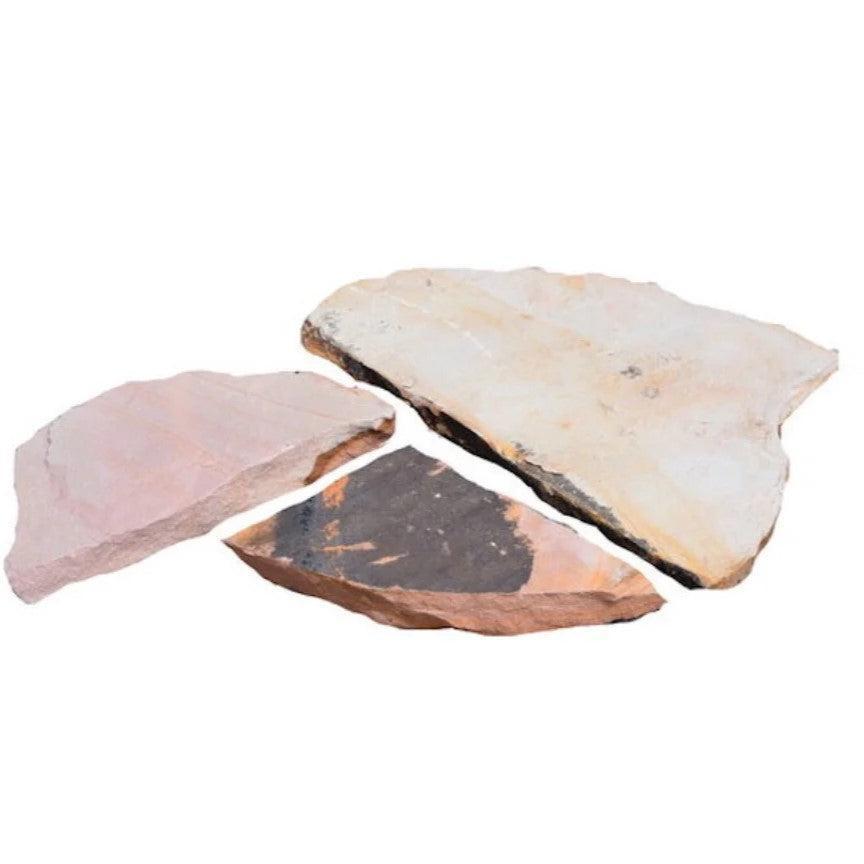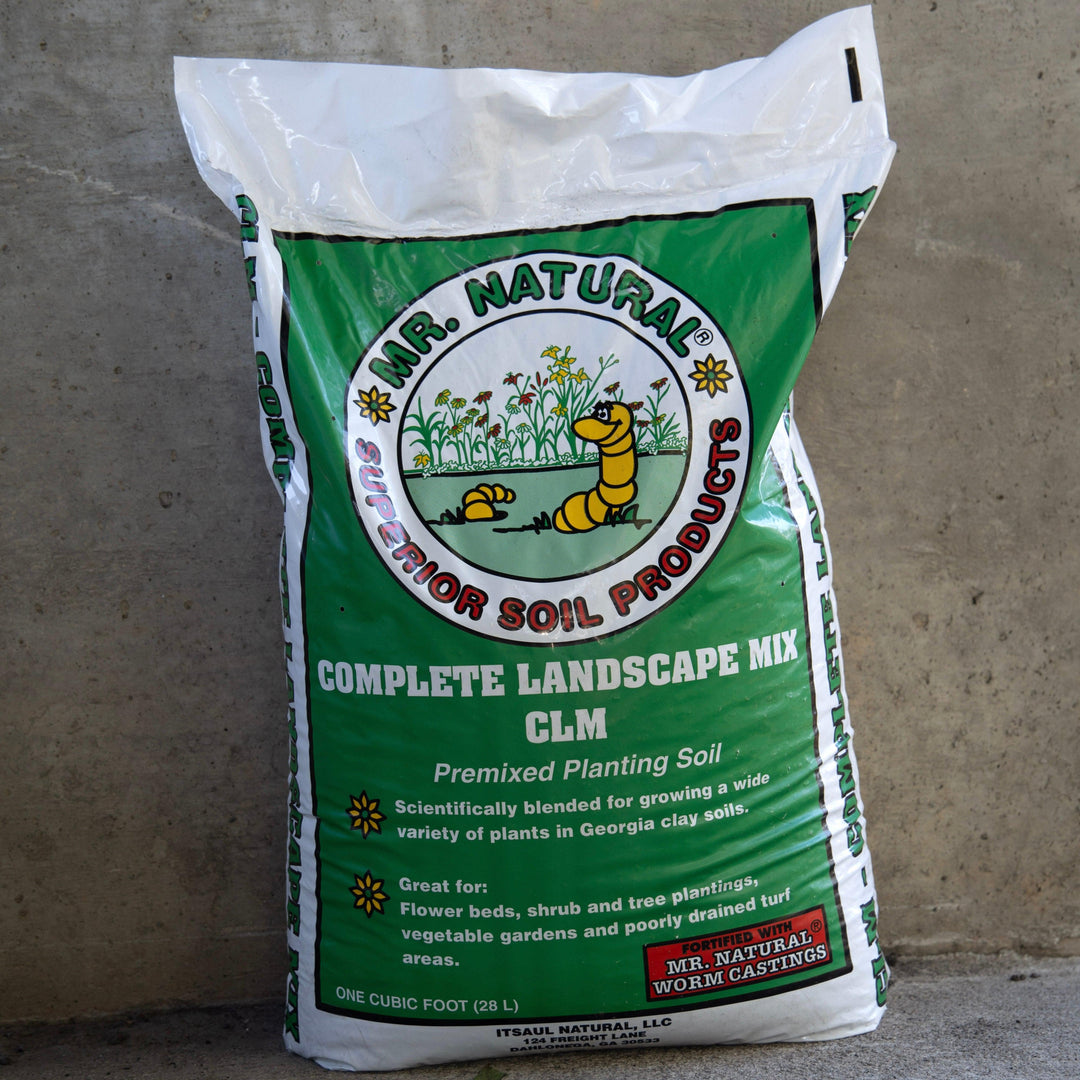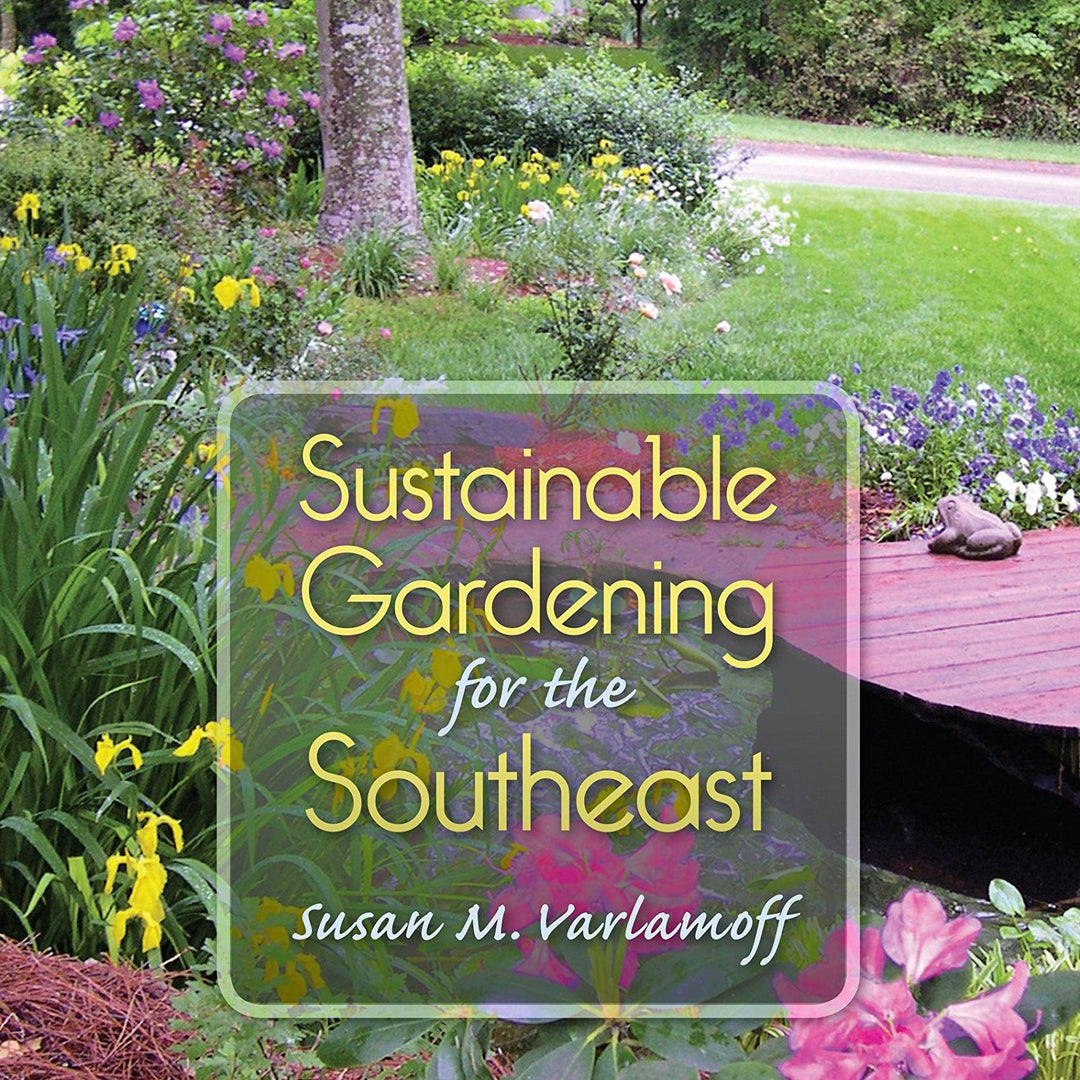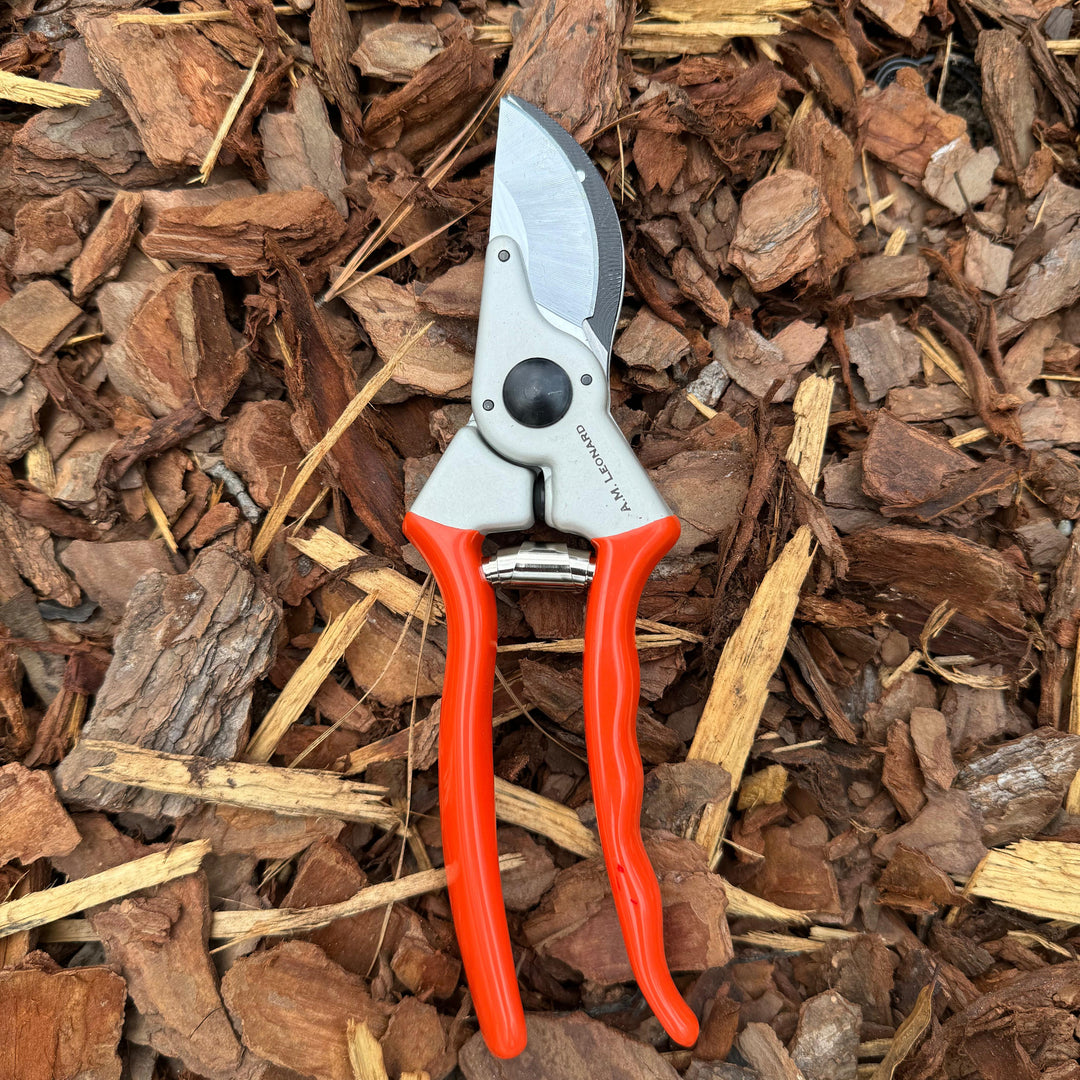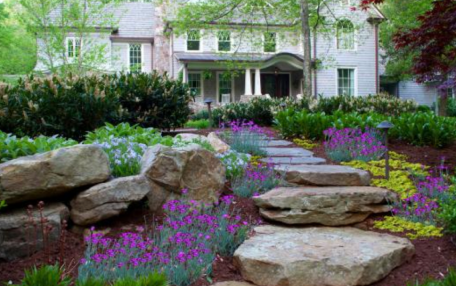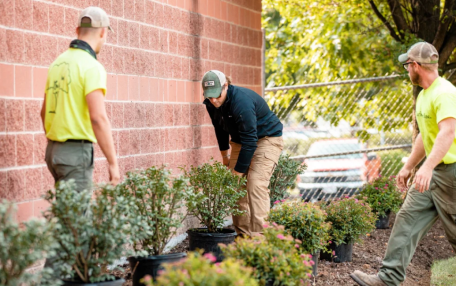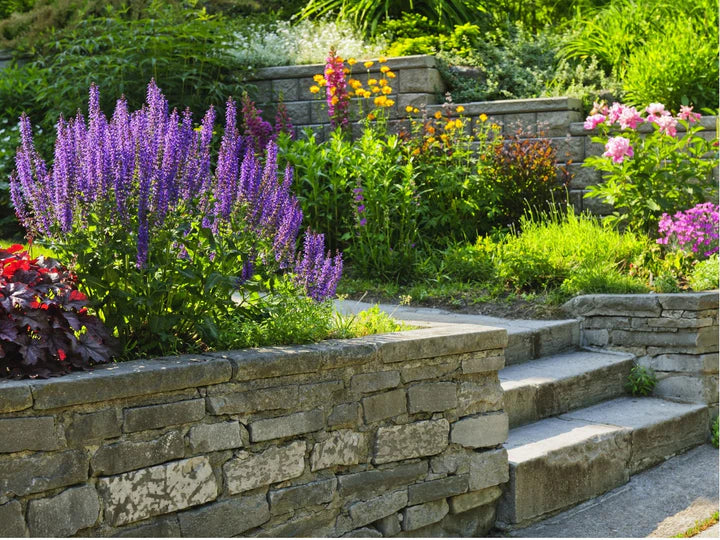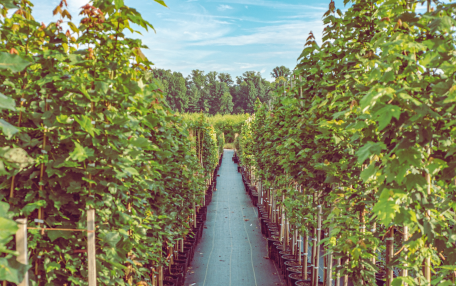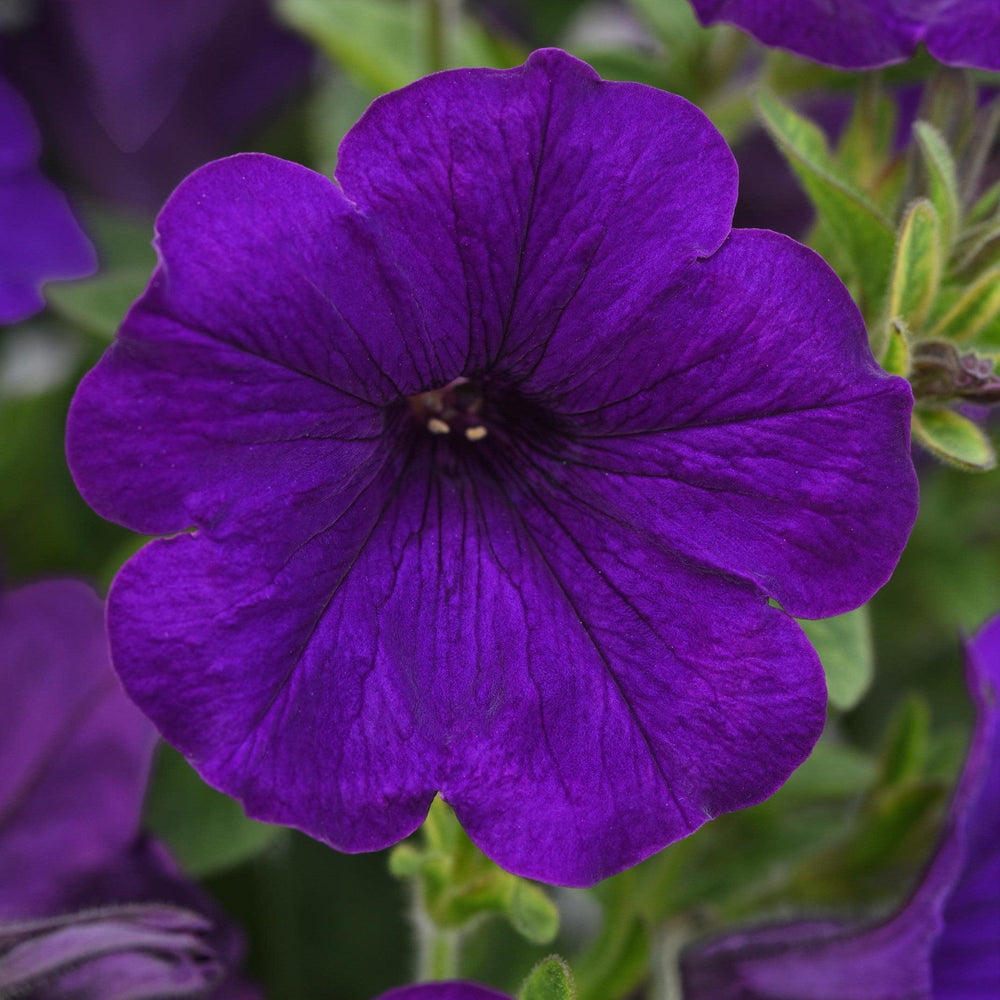Winter Blooming Plants: Bringing Life and Color to Your Garden in the Coldest Months
Winter may seem like a dormant season for gardens, but it doesn’t have to be. With the right selection of winter-blooming plants, your landscape can burst with unexpected vibrancy even during the coldest months. From trees and shrubs to perennials and groundcovers, winter-blooming plants provide both beauty and ecological benefits, like supporting pollinators during a sparse time of year.
Creating the Perfect Conditions for Winter Blooms
Winter-blooming plants are adapted to bloom in cooler conditions, but they still need a suitable environment to thrive:
-
Choose the Right Spot
- Most winter bloomers perform best in areas with partial to full sun. Position plants where they can catch sunlight during shorter winter days.
-
Provide Well-Drained Soil
- Wet, soggy soil during winter can damage roots. Amend soil with organic matter to improve drainage while retaining necessary moisture.
-
Protect from Harsh Winds
- Cold, drying winds can desiccate plants. Place winter bloomers near a structure or windbreak for added protection.
-
Mulch for Root Insulation
- Add a layer of mulch to insulate roots and maintain even soil temperatures. This also helps reduce weed competition.

Best Winter Blooming Plants
Perennials
-
- Thrives In: Part shade, well-drained soil.
- Description: Also called the Christmas Rose, hellebores produce nodding flowers in shades of white, pink, purple, and even green from late winter to early spring.
- Tips: Remove older leaves in late fall to highlight fresh blooms.
-
- Thrives In: Full sun to part shade, well-drained soil.
- Description: These cheerful flowers bloom through the cooler months in shades of yellow, purple, blue, and white. They are perfect for adding pops of color to beds and containers.
- Tips: Deadhead regularly to promote continuous blooming.
Shrubs
-
- Thrives In: Part shade, acidic, well-drained soil.
- Description: Showy flowers in shades of red, pink, and white bloom from late fall through early spring.
- Tips: Protect from early morning sun to avoid frost damage on blooms.
-
- Thrives In: Full to part sun, moist but well-drained soil.
- Description: Spidery flowers in shades of yellow, orange, or red bloom from late fall through winter. The striking blooms are often accompanied by a sweet fragrance.
- Tips: Apply compost in spring to encourage healthy growth.

Trees
-
Cornelian Cherry Dogwood (Cornus mas)
- Thrives In: Full sun to part shade, well-drained soil.
- Description: Small yellow flowers cluster on bare branches in late winter to early spring.
- Tips: Prune lightly to shape the tree after flowering.
-
Saucer Magnolia (Magnolia × soulangeana)
- Thrives In: Full sun to part shade, well-drained soil.
- Description: This elegant tree features large, tulip-shaped flowers in shades of pink and white, blooming in late winter to early spring.
- Tips: Mulch around the base to conserve moisture and protect roots.
Groundcovers
-
- Thrives In: Part shade to full shade, moist soil.
- Description: While ajuga doesn’t bloom in winter, its bronze or purple evergreen foliage adds rich texture to the winter garden.
- Tips: Use as an underplanting for shrubs or trees for added visual interest.
-
Candytuft (Iberis sempervirens)
- Thrives In: Full sun, well-drained soil.
- Description: Though often blooming in late winter to early spring, its evergreen foliage provides a clean, lush carpet during colder months.
- Tips: Trim back after flowering to encourage compact growth.

Winter Foliage and Color Interest
Even when flowers are sparse, foliage, berries, and bark can shine during winter. Consider these options for additional winter interest:
- Evergreens: Boxwood, junipers, and hollies maintain lush greenery year-round.
- Colorful Bark: Redtwig Dogwood (Cornus sericea) and Paperbark Maple (Acer griseum) stand out with their vibrant, peeling bark.
- Berries: Winterberry Holly (Ilex verticillata) and Beautyberry (Callicarpa americana) provide bright, ornamental berries.
Tips to Encourage and Extend Blooms
- Deadhead Regularly: Removing spent flowers encourages more blooms in overlapping seasons.
- Fertilize Wisely: Use a balanced, slow-release fertilizer in fall to prepare plants for winter blooming.
- Plan for Succession: Combine plants with overlapping bloom times to ensure constant interest throughout winter.
- Prune Carefully: Prune late bloomers in spring to avoid cutting off flower buds formed in fall.
- Monitor Watering: Even in winter, keep soil evenly moist for plants to stay healthy and vibrant.
A Vibrant Garden All Winter Long
Winter doesn’t have to be a season of bare branches and dormant beds. With thoughtful planning and the right selection of winter-blooming plants, you can create a garden that brims with color, texture, and life year-round. By incorporating evergreens, bark interest, and a variety of flowers, your garden can shine even in the depths of winter—providing joy for you and essential support for wildlife.

